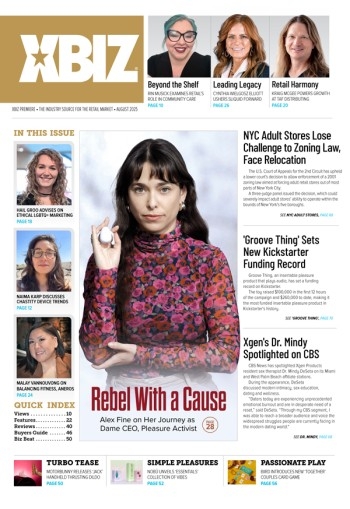Master-Card has recently published a revision of its standards for the Excessive Chargeback Program that will go into effect on Aug. 15. In plain English, that means that the chargeback ratios at which your MasterCard account is evaluated at have been modified.
As a reminder, the chargeback ratio is calculated by MasterCard as the number of Master-Card chargebacks received for a merchant in a calendar month divided by the number of the merchant’s MasterCard sales transactions in the preceding month.
Although the chargeback thresholds have changed, the calculation of the fines is still the same but using the 1.5 percent rate instead of the 1 percent rate.
They have also defined “Merchant” as any distinct merchant location, whether a merchant’s physical location or a merchant’s Internet site or URL, that is identified by a distinct billing descriptor.
MasterCard monitors possible troubled Merchants at two levels. The first level is identified as the Chargeback-Monitored Merchants. In the past Merchants were classified as CMM when their chargeback ratios were in excess of 0.5 percent and at least 50 chargebacks. The revised ratio has doubled to a new benchmark of in excess of 1 percent and at least 100 chargebacks in a calendar month.
The second level of merchant classification is that of the Excessive Chargeback Merchant (ECM). To be defined as an ECM the merchant formerly needed to have a minimum of 1 percent and at least 50 chargebacks in each of two consecutive calendar months. The revised definition is that the merchant would need to have a minimum chargeback ratio of 1.5 percent and at least 100 chargebacks in each of two calendar months. Once a merchant is classified as an ECM, the merchant will need to achieve a chargeback ratio of less than 1.5 percent for two consecutive months to be removed from that identification.
Although the chargeback thresholds have changed, the calculation of the fines is still the same but using the 1.5 percent rate instead of the 1 percent rate.
This revision to the MasterCard Excessive Chargeback Program is welcome news as so often what Merchants experience is the threat, and the practice, of these rule makers lowering thresholds to show progress towards improving the networks they represent.
Although this revision to the rules provides each Merchant with a greater amount of allowed Chargebacks on their account, I continue to stress the importance of eliminating fraudulent and questionable transactions to keep your account compliant. As consumers will continue to try to get what they can for free using whatever means are available to them, including claiming fraud, a merchant has to be actively engaged in the pursuit of questionable transactions.
I look forward to the day when the consumer is held accountable to their claims of fraud and unauthorized transactions that they make falsely or at least to the day that we can all take a snapshot of the buyer so that we can show exactly who made the purchase! Until that day, hooray for MasterCard!





